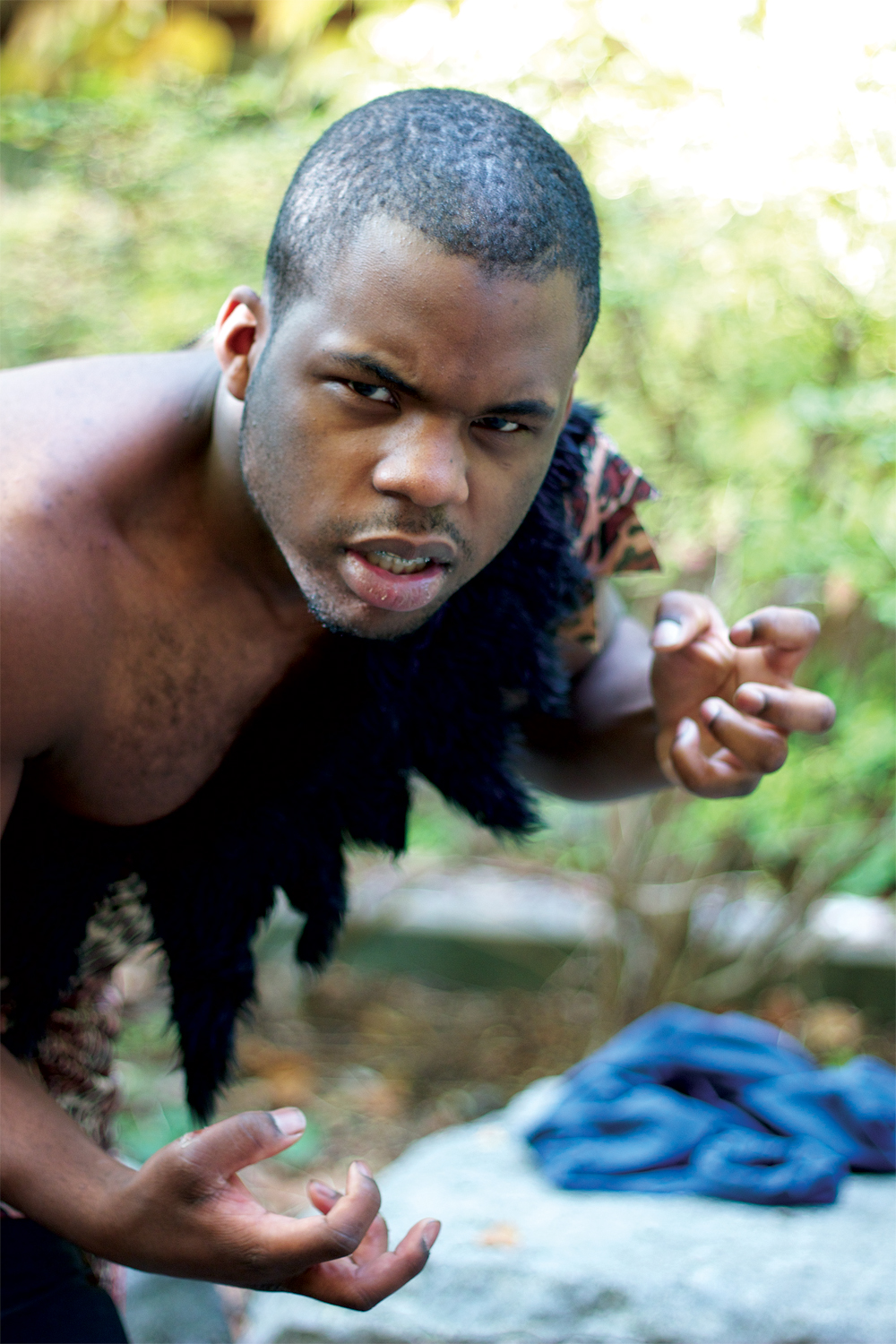How we can live like cavepeople and be better off for it
Hamid Adem
Contributor

Grok the caveman had many worries in his day, from where he was going to eat to how he would defend himself from other predators. In order to survive, his body adapted to his environment and through evolution, those adaptations turned Grok into a hunter-gatherer. Even through our environment has changed drastically, our bodies have remained relatively the same.
This is the concept behind the primal lifestyle that Mark Sisson writes about in his book The Primal Blueprint.
Through many rigorous attempts and trials, evolution crafted Grok into a person who is designed to thrive within his environment. Our bodies haven’t changed much since our hunting and gathering days, so if we were to adapt some of the lifestyle changes that Grok had to pick up in order to survive, we may be able to live more healthy and youthful lives that are unburdened by our current artificial environment.
“Genes don’t know—or care—whether these environmental signals promote or compromise your health; they simply react to each stimulus in an effort to promote your immediate survival.” says Mark Sisson.
Grok had a diet that consisted primarily of vegetables, fruit and meats. This is the first tenet of the primal lifestyle: eat lots of plants and animals. Cavepeople never depended on a carb-based diet to survive because, frankly, grains weren’t being harvested at that time. This caused them to live directly off of what he would be able to catch or find to eat for that day. This included game he was able to catch: squirrels, wild boar, or a sabre-toothed tiger, and any vegetation that was present nearby like potatoes, apples, and beets.
His body adapted to his diet and gave him the ability to derive most of his energy from fats and proteins within his diet. This is revolutionary because it allowed him to store fat on his body that he could use when there was a shortage of food. This means of surviving allowed Grok to always have fresh, organic foods to eat.
“The mobilization of stored body fat has been our preferred energy source (weight-control device) for a couple of million years,” says Nick Mawani, president and CEO of Go Natural Health and Nutrient centre. “It’s as simple as this: you cannot reduce body fat on a diet that stimulates excessive levels of insulin production”
When asked about problems in our diet, Mawani says: “We are not getting an adequate amount of key nutrients that are supposed to be present in our food supply.”
“We should go organic, raw, and whole food in order to get the most out of our food,” he says.
Grok usually spent most of his day foraging around for food or chasing some prey. By frequently moving his body, but at a slow pace, his genes built stronger capillary (blood vessels) networks to provide oxygen and fuel to each of his muscle cells. This allowed the cells to convert stored fat into energy (fat is the main energy fuel used for low-level aerobic activity). Through this, Grok developed strong bones, joints, and connective tissue.
Grok’s life was demanding and not only did he have to survive, but he also had to be able to move whatever object in his way. These frequent bursts of intense physical effort and muscle contractions prompted his genes to make improvements and adaptations in muscle tone, size, and power. This is comparable to today’s strength-training.
In a world where danger was a constant reality, Grok developed the ability to sprint quickly at any given moment in order to survive and live another day. To accomodate this, his genes developed fast-twitch muscles which, allowed him the spontaneous, quick burst of movements. This skill is represented today as high-intensity movements such as sprints, plyometric drills, and intervals done on a stationary bike.
Grok was usually active during the day and he slept during the night. In a demanding and rigorous lifestyle such as his, being sleepy the next morning could mean death at any given moment. While asleep, his body would repair itself, and sleep is essential for the body’s immune system to function properly and allows the body to release key hormones that enhance brain and endocrine function.
Once the food was gathered for the day and all tasks were taken care of, Grok usually spent the remaining part of the day playing and engaged in bonding with members of the tribe to release stress and just kick it and have fun. This often meant that he would practice rock throwing abilities, chase small animals and sport, or spend time relaxing hanging out and grooming each other. A happy hunter is a good hunter.
Grok spent most of his day moving around in the sun worrying about survival. Consequently, while out and about he got plenty of vitamin D, which is critical to healthy cell function.
In a world of eat or be eaten, Grok had to keep his wits sharp in order to survive. Luckily for him, evolution’s gamble worked out; he had a large brain to use in order to survive. He would have to use his problem solving and tool building skills in order to eat and survive another day in his unforgiving environment.
Many of the underlying problems that faced Grok don’t really affect us today. We are not in the same dire circumstances that faced him in his hunter-gathering days. But the one thing that hasn’t changed is our physiology, and the same thing that made Grok into a lean, mean, surviving machine are still present within us; this is the premise behind the primal lifestyle.


